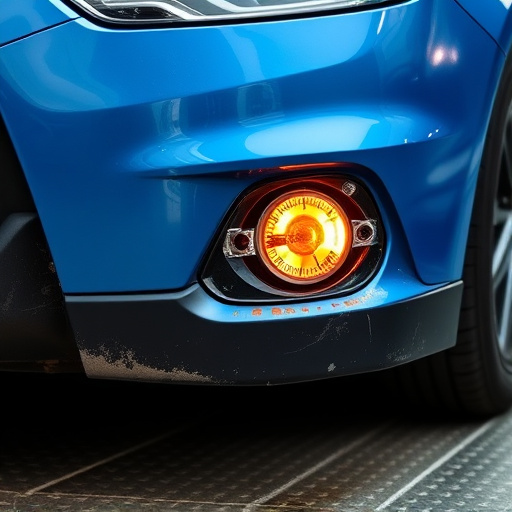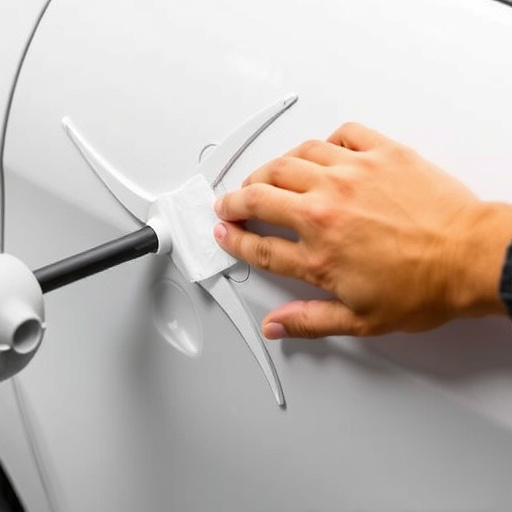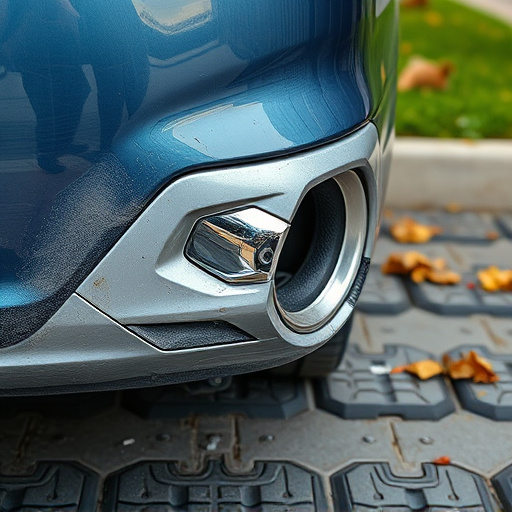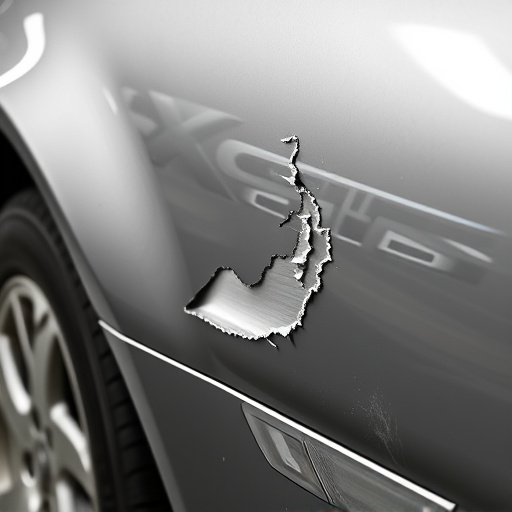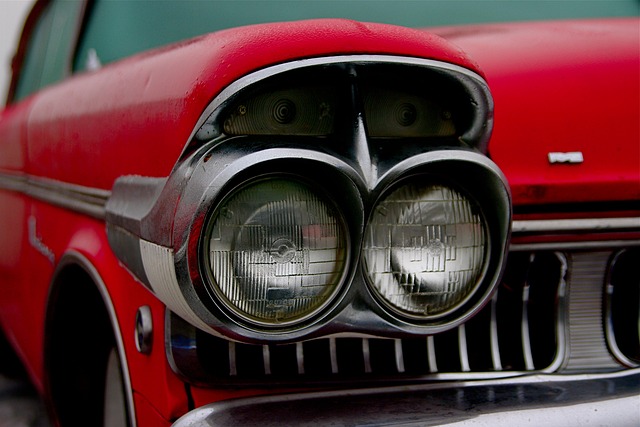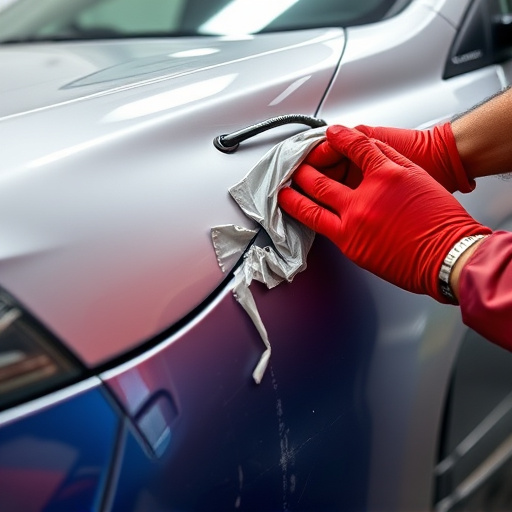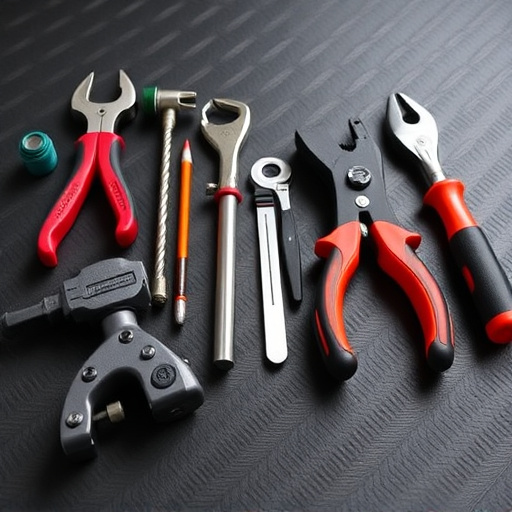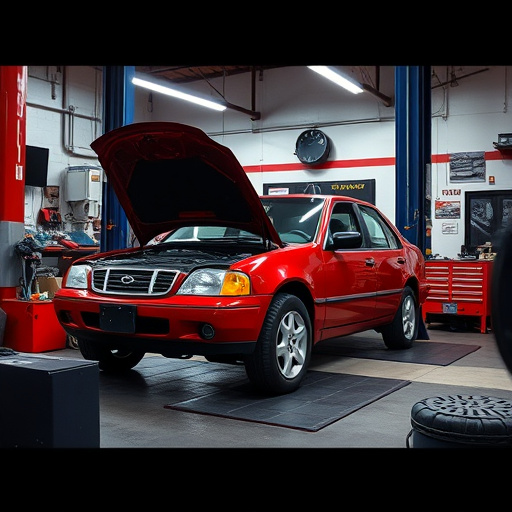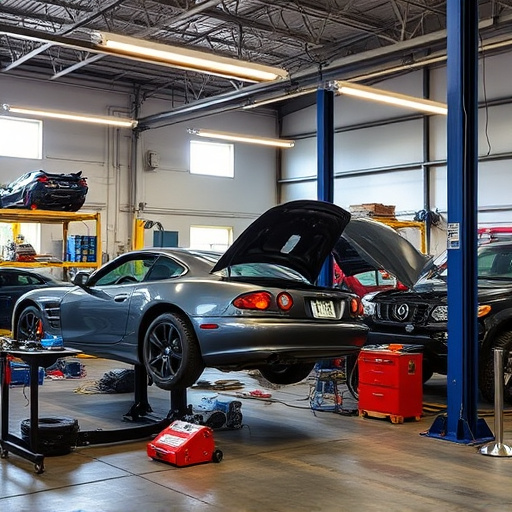Safety glass replacement is a vital component of leased car maintenance, addressing potential incidents promptly. Lessors include it in agreements, ensuring structural integrity and customer satisfaction through efficient collision repair. Both lessors and lessees share responsibilities, with the lessor managing compliance and repair while the lessee reports damage. Clear leasing terms, structured reporting, defined roles, regular inspections, and prompt replacement processes streamline the safety glass replacement process, enhancing safety and minimizing disruptions for lessees.
In today’s fleet management landscape, ensuring the safety of leased vehicles is paramount. This article delves into the critical component of safety glass and who bears the responsibility for its replacement. We explore the legal obligations surrounding this process and offer best practices for effective safety glass management within leasing agreements. Understanding these dynamics is essential for businesses aiming to maintain a safe and compliant vehicle fleet.
- Understanding Safety Glass and Its Role in Leased Vehicles
- Legal Responsibilities for Safety Glass Replacement
- Best Practices for Effective Safety Glass Management in Leasing Agreements
Understanding Safety Glass and Its Role in Leased Vehicles
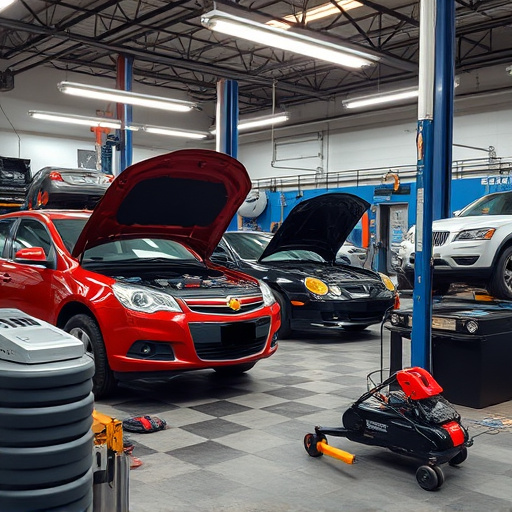
Safety glass is an essential component in modern vehicles, including those leased by businesses or individuals. It’s designed to minimize the risk of injury during accidents by reducing the impact and fragmenting safely when broken. In leased vehicles, ensuring proper safety glass replacement is crucial as it maintains not only the structural integrity but also the overall safety of the driver and passengers.
When a lease agreement is in place, lessors often outline maintenance responsibilities, including safety glass replacement if damage occurs. Leased vehicles may face various challenges, from minor dents to significant collisions, requiring prompt attention from auto repair services. Moreover, leasing companies prioritize customer satisfaction by offering efficient automotive collision repair solutions, ensuring the vehicle, including its safety features like safety glass, is restored to pre-incident condition or even beyond.
Legal Responsibilities for Safety Glass Replacement
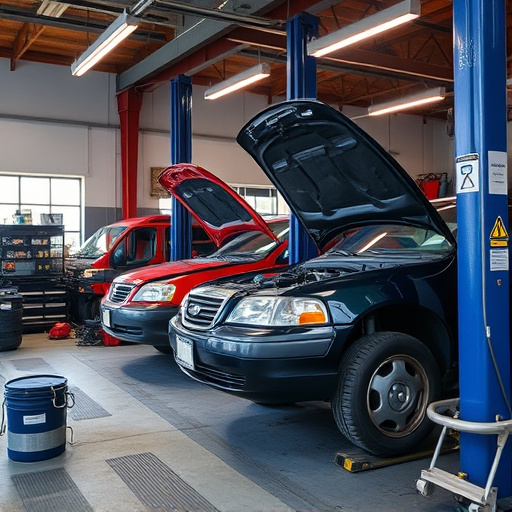
When it comes to leased vehicles, determining liability for safety glass replacement after an incident can be complex. Legally, both the lessor (the entity providing the vehicle) and the lessee (the person using the vehicle) have responsibilities. The lessor is typically responsible for ensuring that the vehicle meets safety standards, including the provision of safety glass. This means they must take proactive measures to repair or replace any damaged glass, especially if it poses a risk to the driver and passengers’ safety.
In the event of collision damage repair, auto repair services or collision repair services, the lessor should promptly assess the extent of the damage and initiate the replacement process. They may choose to cover the costs themselves or pass on these expenses to the lessee as part of a damage waiver agreement. However, the lessee also has obligations. They must inform the lessor about any accidents or damages incurred during the lease period. Prompt reporting allows for quicker resolution and facilitates efficient collision damage repair, ensuring that safety glass replacement is handled in a timely manner according to industry standards.
Best Practices for Effective Safety Glass Management in Leasing Agreements
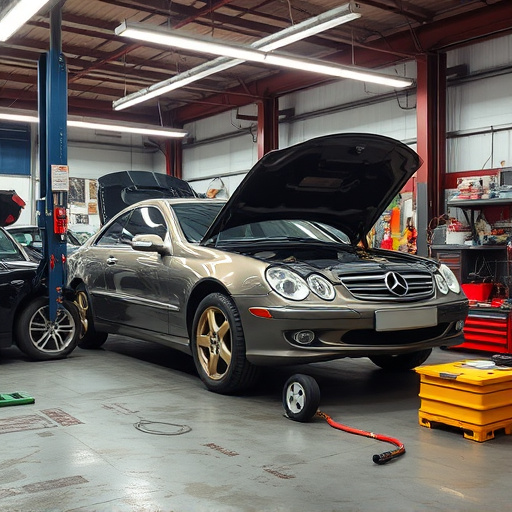
To ensure safety glass replacement is seamless and effective within leased vehicles, best practices should be implemented in leasing agreements. These include stipulating clear terms for damage coverage, outlining procedures for reporting and handling claims related to safety glass, and defining responsibilities for both lessor and lessee during the tenancy period. Regular inspections of vehicle condition, especially post-lease return, can help identify potential issues before they escalate into costly repairs such as bumper repair or car dent repair.
Leasing agreements should also incorporate provisions for prompt safety glass replacement in case of breakage or damage during the lease period. This involves establishing a reliable network of service providers and ensuring that all parties involved are aware of the process. By integrating these best practices, leasing companies can guarantee that lessees enjoy safe driving conditions while minimizing disruptions to vehicle collision repair schedules.
In conclusion, ensuring safe leased vehicles involves a clear understanding and responsible management of safety glass. Landlords and lessees both play crucial roles in this process, with legal obligations for safety glass replacement falling on landlords while proactive best practices should be adopted by both parties to maintain vehicle integrity and passenger safety. Staying informed about safety glass technologies and implementing effective management strategies is key to preventing accidents and fostering a secure leasing experience. Regular inspections and prompt replacement of damaged or worn safety glass components are essential steps in upholding legal requirements and enhancing driver and passenger protection.

